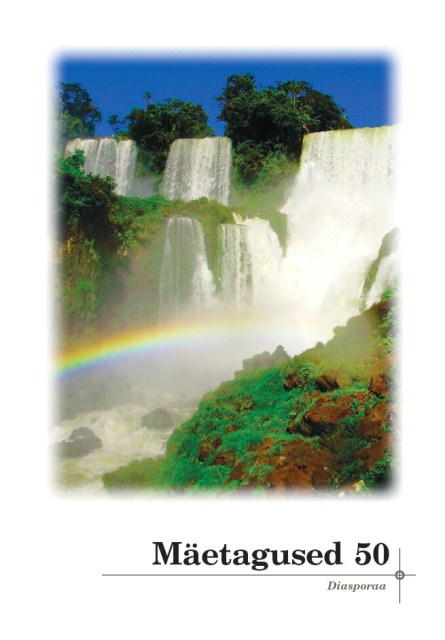Pagulus kui naljaasi
Exile as a laughing matter
Author(s): Maarja Merivoo-ParroSubject(s): Customs / Folklore
Published by: Eesti Kirjandusmuuseum
Keywords: Estonians in America; humour; adaptation; immigrants; refugees
Summary/Abstract: Most researchers agree that the essence of humour lies in its social nature. Thus it is only reasonable to assume that there is a link between laughter and success in relationships with other people and circumstances. Indeed, such conclusions have been drawn. Humour is said to develop the capacity to foster a multi-perspective comprehension of life, which can in extreme situations determine the difference between surviving and perishing. The people who fled Estonia during World War II and did not want to return for fear of being repressed by the Soviet regime, were generally allowed to apply for immigration in Western countries as refugees. This article pertains to some aspects of humour used in the written press by the New York Estonian refugee community in 1949. The character of a young lady called Salme is narrating her family’s first clumsy steps in their new homeland. The body of the text is in the form of letters addressed to former schoolmates who have not yet immigrated to their new permanent countries of residence, but are presumably still living in a displaced persons’ camp in Germany. It is argued that Salme’s letters were designed to provide comic relief from tensions common to new immigrants and old refugees. By showcasing the problems, concerns and actions that most (if not all) New York refugee Estonians could relate to, they promoted a light-hearted view of the difficulties of this particular type of existence. This set of texts is also used to make observations regarding the collective identity of the writers and their perceived audience, the intra-group relationships and connections with the outer world, Americans, the City and the array of cultural differences that they entail.
Journal: Mäetagused. Hüperajakiri
- Issue Year: 2012
- Issue No: 50
- Page Range: 159-174
- Page Count: 16
- Language: Estonian

